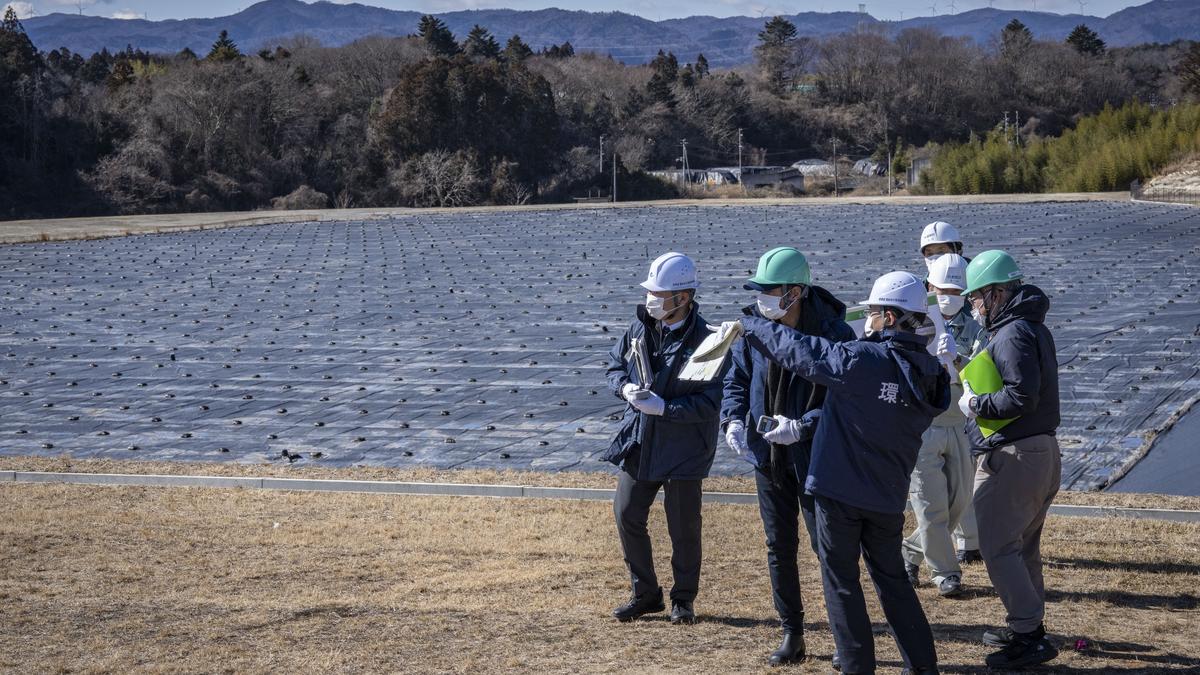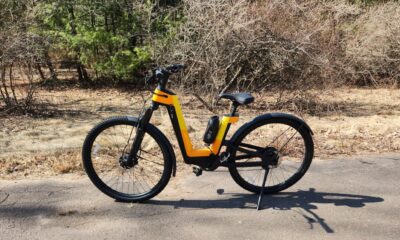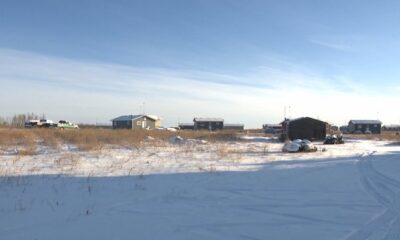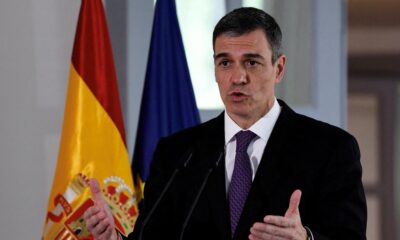The UN nuclear watchdog chief visited Japan’s stricken Fukushima plant on Wednesday (February 19, 2025) the day after Tokyo approved an energy plan that marks a return to nuclear power.
The International Atomic Energy Agency (IAEA) is monitoring Japan’s efforts to decommission the Fukushima Daiichi plant after a 2011 earthquake-triggered tsunami killed 18,000 people and set off the worst nuclear disaster since Chernobyl.
Explained | The Fukushima N-wastewater controversy
As IAEA head Rafael Grossi arrived in Japan on Tuesday, the cabinet adopted a plan to increase reliance on nuclear power to help meet growing energy demand from artificial intelligence and microchip factories.
“At a moment where Japan is embarking on a gradual return to nuclear energy in its national energy mix, it is important that this is also done in complete safety and with the confidence of the society,” Grossi said after meeting the foreign minister.
Japan had previously vowed to “reduce reliance on nuclear power as much as possible”.
But this pledge was dropped from the latest Strategic Energy Plan — which includes an intention to make renewables the country’s top power source by 2040.
Under the plan, nuclear power will account for around 20% of Japan’s energy supply by 2040, up from 5.6% in 2022.
Contaminated soil
The shift back to nuclear comes as Japan contends with how to remove around 880 tonnes of radioactive debris from the Fukushima Daiichi reactors.
So far, only one tiny sample has been retrieved by a robotic claw.
Grossi, making his fifth visit to Fukushima, viewed the vast “interim” contaminated soil storage facilities near the plant for the first time.
Around 13 million cubic metres of soil — enough to fill 10 stadiums — was scraped from the region to remove harmful radiation. Around 300,000 cubic metres of ash from incinerated organic material is also being stored.
On Wednesday, AFP reporters saw trucks and construction vehicles going back and forth between several spots where hundreds of large soil-filled black bags were stacked, some thinly covered by snow.
Japan plans to recycle roughly 75% of the soil — the portion with low radioactivity — for building projects such as road and railway embankments.
The remaining material will be disposed of outside the Fukushima region ahead of a 2045 deadline.
“In terms of the timing, which has been, of course, set by law for 2045, we believe that it is not unrealistic. It can be done,” Mr. Grossi told reporters on Wednesday.
The IAEA published its final report on the recycling and disposal of the soil in September, saying that Japan’s approach was consistent with UN safety standards.
Stripping topsoil was a “very effective” way to decontaminate land close to waterways, said Olivier Evrard, research director at France’s Atomic Energy Commission.
But the operation was expensive, “generated a massive amount of waste and still poses fertility issues” for agriculture, he told AFP.
It stands in contrast to the decision to fence off a large area after the 1986 Chernobyl disaster and more or less “leave it to wildlife”, Evrard said.
Seafood bans
Experts from the IAEA and countries including China and South Korea also took seawater and fish samples from Fukushima on Wednesday.
This is “so they can check also for themselves that what we are doing is fully aligned and fully safe”, Grossi said.
Plant operator TEPCO began discharging 1.3 million tonnes of treated groundwater, seawater and rainwater, along with water used for cooling the reactors, into the sea in 2023.
Also Read | Japan’s Onagawa nuclear reactor that restarted 13 years after Fukushima disaster shut again
The water release is endorsed by the IAEA and TEPCO says all radioactive elements have been filtered out except for tritium, levels of which are within safe limits.
However, countries including China and Russia have criticised the release and banned Japanese seafood imports.
China said in September it would “gradually resume” importing seafood from Japan but this has yet to begin.
Published – February 19, 2025 03:30 pm IST








































